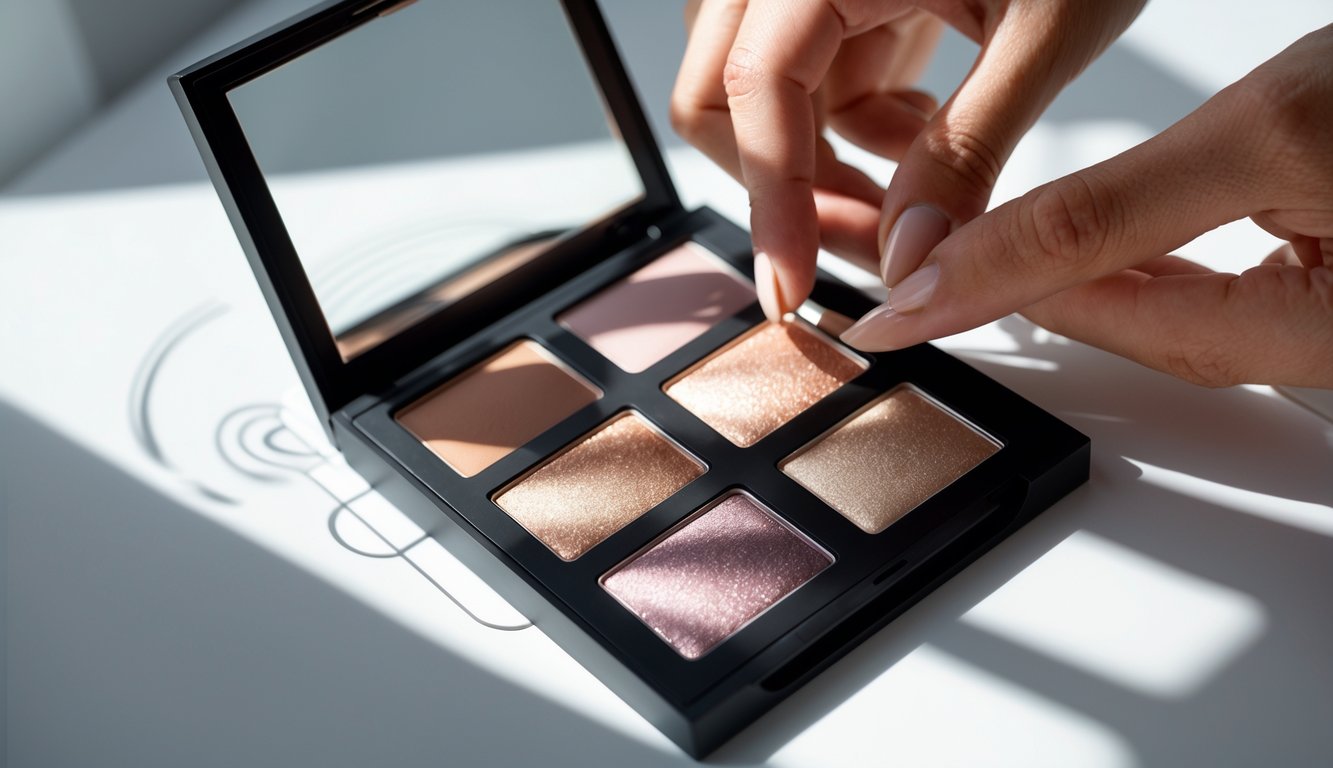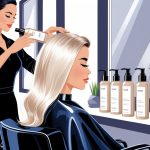Hidden Markups on Eyeshadow Palettes Discovered by Smart Shoppers
Understanding Eyeshadow Palette Components

Spent $40 on a nine-shade palette last week—regret? Maybe. It’s not even the price, it’s just… what am I actually paying for? Pigment, a flimsy brush, plastic tray, and a box that falls apart if you breathe on it. Why does this stuff cost so much?
Quality of Eyeshadows and Shades
I avoid the really cheap stuff, but did you know pigment levels bounce all over the place, even in palettes that cost the same? According to Makeup Palette Pro’s blog, department store palettes are mostly filler—mica, talc, random binders. Pay more, sometimes you just get brighter colors, not smoother ones. Some shades still patchy, some fade in an hour.
Here’s the kicker: luxury brands sometimes just repackage their drugstore formulas, swap a dye or two, slap on gold, and nobody notices unless you read the ingredient list. Honestly, every bold shade should come with a warning: “Needs primer, or you’ll look like you used sidewalk chalk.” I once begged a PR person to just admit it, but she gave me some line about “inclusive range.” Cream-to-powder? Usually just extra silicone, not magic.
Packaging Materials and Presentation
First thing: that weird plasticky smell. Hits you before you even get the shrink wrap off. Why do some palettes weigh more than my dinner plates? “Eco-friendly cardboard,” they say, but then it’s cocooned in three layers of plastic anyway. (Muicin’s palette guide calls out the greenwashing, and yeah, I agree.) I’ve opened palettes with the mirror glued on sideways, magnet closure flopping open like it’s given up.
Weight’s a joke—heavier packaging just means more trash, not more protection. Recycling instructions? Tiny, tucked away, surrounded by a bunch of recycling codes I never bother to look up. Once got a palette in a little cloth pouch, immediately lost it, never saw it again. So, are extras pointless or am I just messy? Both, probably.
Included Extras: Brush, Mirror, and More
Another day, another scratchy mini-brush. Into the “maybe I’ll travel with this” pile it goes. Honestly, have you ever used one of those? I haven’t. The mirrors—smudgy, warped, like they’re daring me to try eyeliner on a moving train. Sometimes there’s a plastic film pretending to keep things clean, but it’s more like a lint magnet.
I’m pretty sure brands know we get a little dopamine hit from “surprises,” so they throw in these useless extras to make us feel like we’re getting more. I tried using a fold-out mirror on the bus once. Disaster. Nearly poked my eye out. One brand tossed in a sharpener and a collapsible brush—never used them, forgot the brand by lunch.
If you want to know what matters, stop reading the front. The back of the box? Way more interesting.
Pricing Tactics in the Beauty Industry
Every time I check, palette prices have gone up again. No one’s talking about why. All the big launches, the influencer noise, the sparkly boxes—fine, whatever. But the sneaky fees and behind-the-scenes markups? That’s what actually makes my eye twitch.
Commission Structures and Brand Costs
I’ve tried to untangle eyeshadow pricing, and it’s a mess. Brands pay commissions up and down the supply chain, then retailers take their (huge) cut—sometimes 40% or more. Celebrity makeup artists? Apparently, they can ask for double what non-celebs get just for putting their name on a collab. Learned that from a random indie founder last year.
So, palettes all end up in the same $40–$70 range. Luxury brands? Margins hit 70–90% (see the profit margin stats). Meanwhile, pigment costs haven’t changed in half a decade. I emailed a sales rep at a big-name company once. She said the “cardboard” part of the box costs more than some shimmer shades. Bulk rates, hidden fees, exclusivity contracts, licensing—nobody ever mentions those when they’re talking about “value.”
Marketing Strategies and Influencer Impact
My Instagram feed is a blur of influencer codes and “limited” launches. Those codes? They don’t cut the markup, they just make us feel like we’re getting a deal. A marketing exec at a panel admitted influencer payouts cost more than making the actual palette. And the formulas? Still mostly talc and mica.
I watch the bundling tricks: stack two old palettes next to a “new” one, discount the old, suddenly the expensive one looks like a deal. Some AI-driven pricing tweaks prices every quarter, just to nudge us into thinking we’re getting a bargain. The celebrity faces? Pure FOMO bait. Quality doesn’t magically scale with price, but the hype sure does.
Limited Editions and Collaboration Pricing
Gold-embossed collabs, “limited edition” labels—why does the price double just because there’s a new font? A manufacturing consultant in Chicago told me it’s just scarcity. “Limited” runs actually cost less per unit sometimes, but retail marks them up because we expect to pay more. Calendar drops, influencer “collabs,” all just ways to fake urgency and hike prices.
Slightly warmer nude, new logo, same old palette. The real money? It’s in exclusivity deals and celebrity commissions, not pigment. Funniest part: sometimes the “sold out” palettes end up at outlet stores months later, still marked “rare.” I’ve bought them. Don’t judge.
Comparing Drugstore Versus Luxury Eyeshadow Palettes
Here’s what I can’t get over: people keep pointing out the price gap, but no one can really explain why a $10 palette from CVS sometimes performs almost as well as a $70 one. Half the time, results are all over the place. Even makeup artists get sucked in by “exclusive” claims and shiny packaging.
Affordable Eyeshadow Palettes and Value
Let’s just say it: drugstore palettes are way better now than five years ago. Wet n Wild Color Icon, e.l.f. Bite-Size—both under $10, and honestly, unless you need your eyeshadow to survive a wedding, they’re solid. Milani Gilded? The pigment is wild for the price.
Catch is, quality jumps around. One palette is buttery, next is chalk city. Some pros say the new formulas are so good it’s embarrassing for the high-end brands. Plenty of experts agree: drugstore shadows can absolutely hang with the expensive ones for daily wear. I had a makeup artist tell me drugstore shimmer outlasts luxury matte. Why did I pay for fancy gold packaging again? No clue.
Luxury Brands and Premium Pricing
Luxury palettes—Natasha Denona, Pat McGrath, Makeup By Mario—are expensive enough to make me check for actual gold dust. Markups are wild, and most of it’s just packaging, “curated” shades, or a few extra grams. If I’m honest, half the appeal is showing it off. I know people who buy Dior quads just for the look.
It’s weird: $65 palette, $6.99 palette, same basic ingredients. But those limited drops and influencer tie-ins? Impossible to resist. Some brands have better return policies, sure, and the testers are less gross, but that’s about it. I bought a Tom Ford quad—smelled like perfume, wore like wax. Did I learn? Nope.
Quality Differences: Pigmentation and Wear
Here’s the real bit: pigment and wear. I’ve tested both ends, a lot. Luxury palettes? Better pigment, but honestly, not by a mile. Pat McGrath and Natasha Denona mattes are richer and blend easier, but many reviewers say drugstore formulas are 60% as good, especially metallics.
Wear time? High-end lasts longer, unless you have oily lids or live in a swamp. Then nothing lasts, primer or not (I get why Hourglass Vanish Airbrush is hyped—it works). Drugstore stuff fades by dinner, but holds up if you use a base. Running errands? No one can tell what’s on my eyes. Sometimes not even me.



